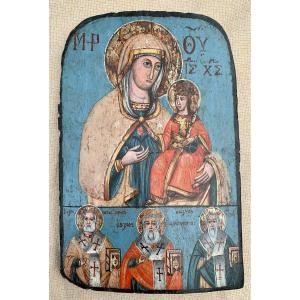Hand painted popular orthodox Icon, Holdigitria Mother Of God, Asia Minor or Anatolya
The main and upper part of the painting show Holdigitria Mother of God, in famous Byzantine tradition. Here the Mother delicately holds a red flower in her right hand.
(In Roman Antiquity, the name Asia Minor was given to the western part of Anatolia, but later and by extension it designated, especially in Greek and in texts translated from Greek, the entire Anatolian block, whose western shore was occupied by Greek colonies: Aeolians in the north, Ionians in the center - Lydia, and Dorians to the south)
The name "Anatolia" comes from ancient Greek, which means "East" or literally "sunrise". To designate it, the term "Asia Minor" is still widely used today, although the Roman province of this name actually occupied only the western third of Anatolia.
The lower register, about third of the painting, depicts 3 important Orthodox culture Saints, figured and named by ancient Greek language inscriptions:
*on the middle, St. Athanasius from Alexandria
"Athanasius I of Alexandria (c. 296–298 – 2 May 373), also called Athanasius the Great, Athanasius the Confessor, or, among Coptic Christians, Athanasius the Apostolic, was a Christian theologian and the 20th patriarch of Alexandria (as Athanasius I). His intermittent episcopacy spanned 45 years (c. 8 June 328 – 2 May 373), of which over 17 encompassed five exiles, when he was replaced on the order of four different Roman emperors. Athanasius was a Church Father, the chief proponent of Trinitarianism against Arianism, and a noted Egyptian Christian leader of the fourth century."
*on the left, Saint Nicholas of Myra
"(traditionally 15 March 270 – 6 December 343), also known as Nicholas of Bari, was an early Christian bishop of Greek descent from the maritime city of Myra in Asia Minor (modern-day Demre, Turkey) during Roman Empire. Because of the many miracles attributed to his intercession, he is also known as Nicholas the Wonderworker. Saint Nicholas is the patron saint of sailors, merchants, archers, repentant thieves, children, brewers, pawnbrokers, toymakers, unmarried people, and students in various cities and countries around Europe. His reputation evolved among the pious, as was common for early Christian saints, and his legendary habit of secret gift-giving gave rise to the traditional model of Santa Claus."
*on the right side ? Painted inscriptions are fragmentary and the identification of the Saint by his attributes could correspond to several Saints)
This is a popular work in its etymological sense, that is, it belongs to a family and a private circle, and not to a Church.
While the depiction of the Virgin and Child is very classical, its blue background is speciallyly uncommon . This is absolutly original color and the icon has not been restored, but just completely cleaned: its old varnish had severely yellowed, blackened the work and obscured many details.
A Hodegetria, or Virgin Hodegetria, is an iconographic depiction of the Theotokos (Virgin Mary) holding the Child Jesus at her side while pointing to him as the source of salvation for humankind. The Virgin's head usually inclines towards the child, who raises his hand in a blessing gesture. Here she shows Metals are often used to draw attention to young Christ, reflecting light and shining in a way to embody divinity.
Jesus child is seated in the arms of the Mother of God, and blesses with his right hand, and here holds in his left hand an earthly sphere.
The icons depicting the same subject but called "Eleousas" (from the ancient Greek root of the word έλεος/eleos, compassion, tenderness), are quite close to the Hodigitrias, but the relationship between mother and child becomes the main subject of the icon. Hodigitrias give more prominence to Jesus himself rather than to this mother-son bond. Jesus appears on these ones, more as the central image of the composition. Jesus is turn on spectator of the icon. The Virgin Mary is depicted from the front with her head erect or very slightly inclined. In both types of icons, she often shows her son with her right hand. As if to guide souls to his divine Son.
According to legend, the first Hodigitria was that of Blachernitissa, which was made by the Evangelist St. Luke, then brought from the Holy Land by Eudoxia, wife of Emperor Theodosius II, in the 1st half of 5th century to Constantinople. The icon became the protector of Constantinople and more than once it is reputed to have supported the walls of the city against enemy assaults. In addition, every Tuesday, a procession was held that went through the whole city exhibiting it.
This type of icon was particularly widespread throughout Christendom and especially in the Byzantine Empire and Russia."
Good condition (please check last photos for the condition before cleanning by a professionnal specialized workshop (old yellowed and oxidized varnish, many black traces obstructing the perception of the work)... Spectacular !
A vertical wooden bar has been added on the back to make it easier to hang (and reinforce the solidity of the panel over its entire height ?)
Sizes
40cm Height * 27cm Width & Thickness 2.5cm (Slightly curved panel profile)
Once again, I would like to thank Father Theotokis, Orthodox ecclesiastes from the Monastery of Solan, for his precious iconographic and theological knowledge and the communicative sharing of his Passion for Orthodtic Art !







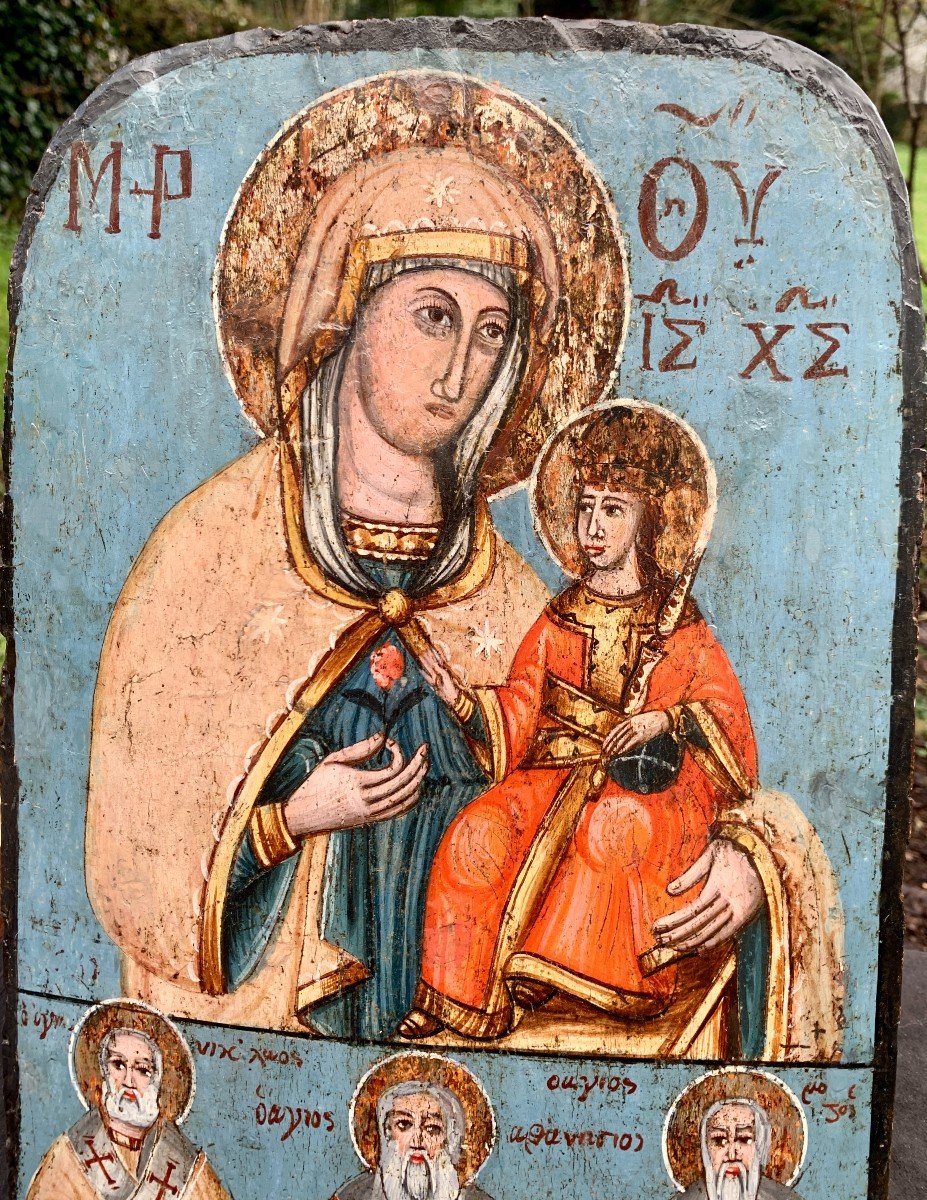





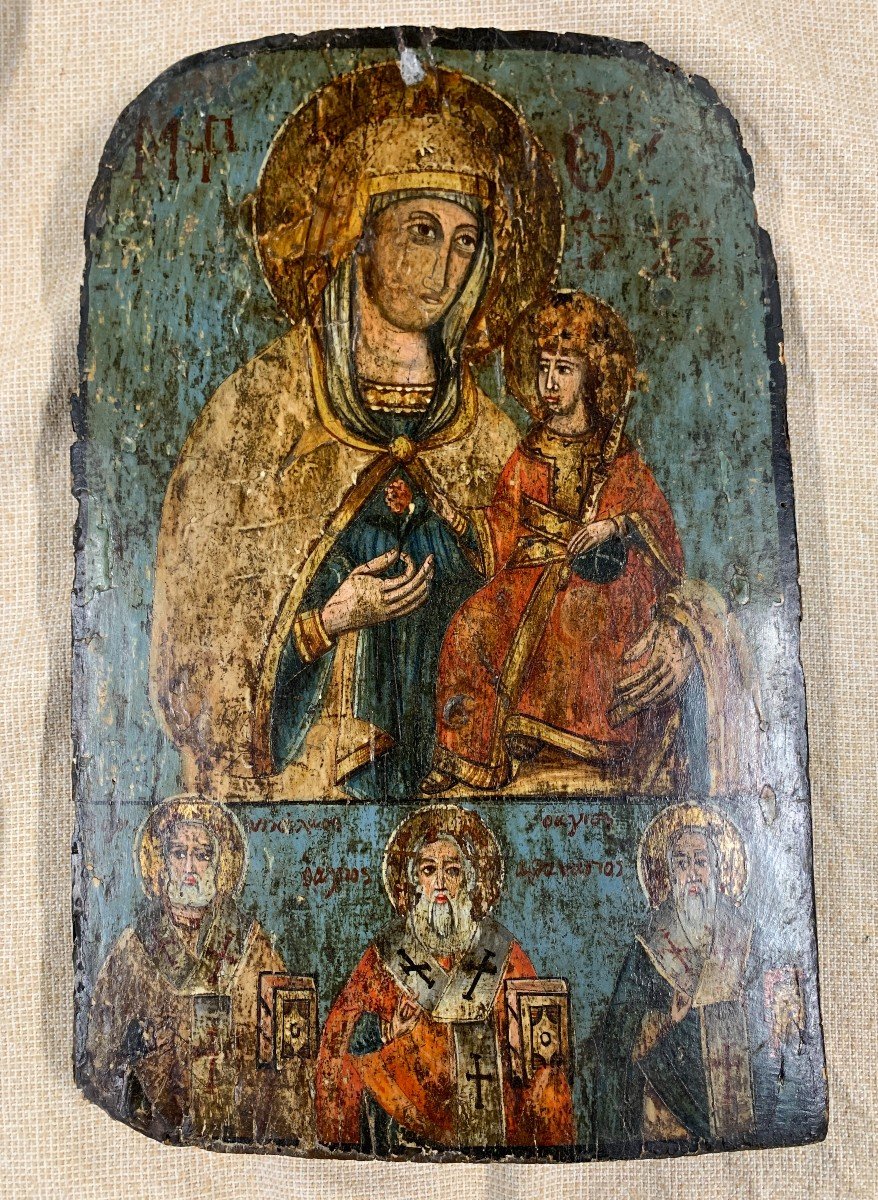

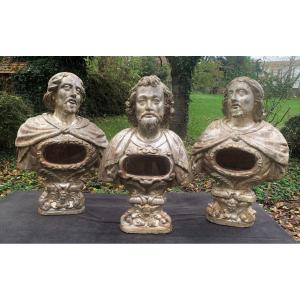
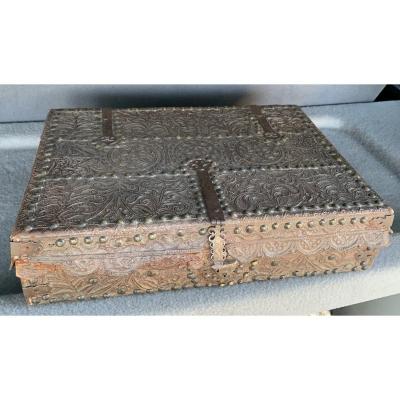

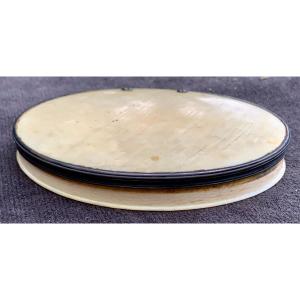




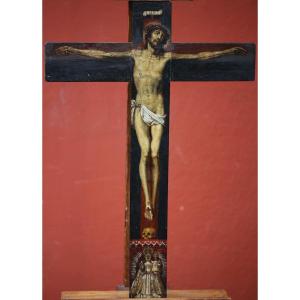
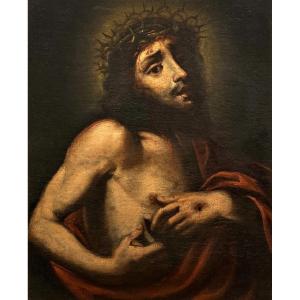

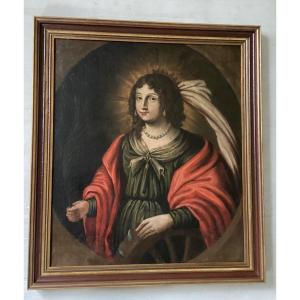



 Le Magazine de PROANTIC
Le Magazine de PROANTIC TRÉSORS Magazine
TRÉSORS Magazine Rivista Artiquariato
Rivista Artiquariato
